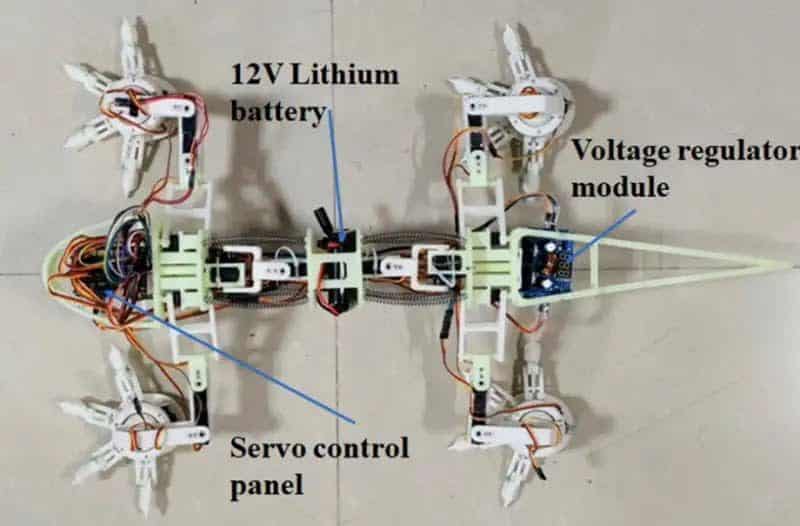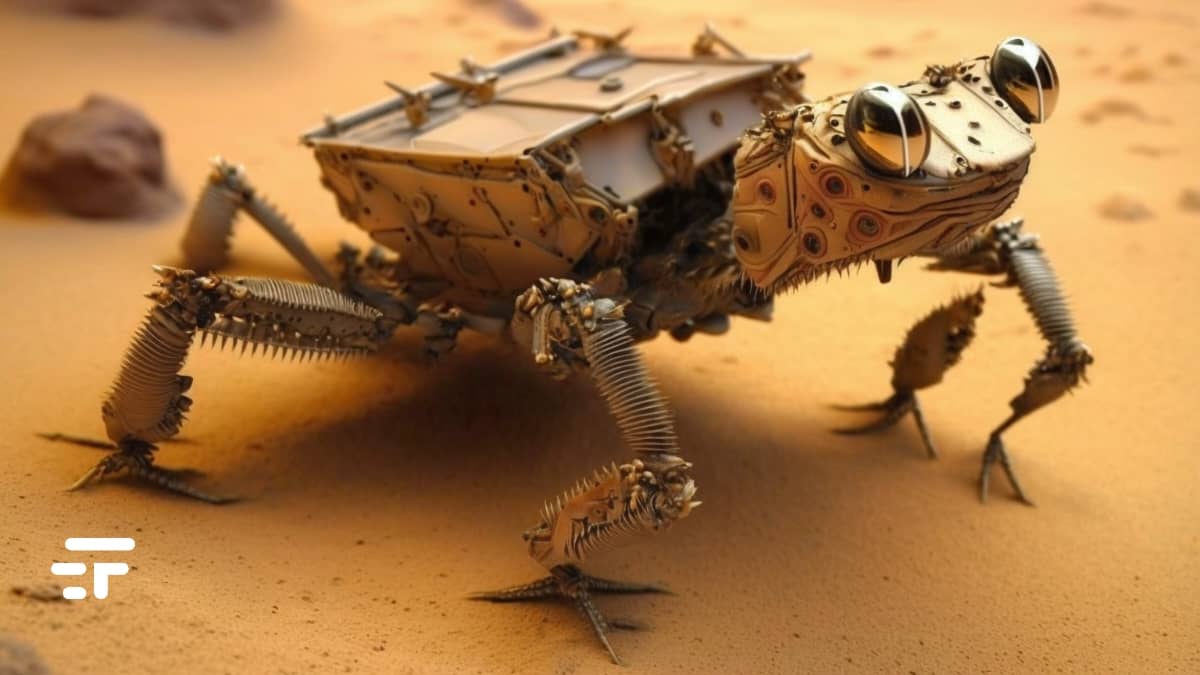Technology has given us new opportunities to explore space, especially with robots which have proven to be particularly effective tools for exploring other planets.
Barring the imminent return to the Moon, the closest human space achievement is the exploration of Mars. Exciting adventure, which could reveal traces of resources, or of extraterrestrial life past or present: what if we faced it with a robotic lizard?
On all fours on the red planet
Scientists of the Nanjing University of Aeronautics and Astronautics they made a four-legged lizard-inspired robot that could be useful for exploring Mars.
This robot, described in the magazine Biomimetics of MDPI (I'll link the study here), has a flexible structure that mimics the movements and walking style of desert lizards.
In the paper, the researchers Guangming Chen, Long Qiao, Zhenwen Zhou, Lutz Richter e Aihong Ji they write that by virtue of its terrain composition (made up of granular soils and rocks of different sizes), Mars could be prohibitive for today's heavy rovers. For a four-legged crawling robot inspired by the locomotion of lizards, however, it would be a completely different story. Blessed is she biomimetics, always.

How is the “space lizard” made?
The biomimetic robot created by Chen and his team consists of a flexible spine-like structure and four legs. To emulate the lizard's "crawling" motion, each leg has two hinges and a gear that generates an oscillation.
The hip joints that connect the spinal structure to the robot's legs are made up of two servo motors and a four-point mechanism that allows the robot to stand up while maintaining balance. The robot's "legs" are equipped with four flexible "fingers".
“To determine the robot's movements,” we read, “kinematic models relating to the feet, legs and spine, as well as the coordination between the spine and the legs, are established.”
The next steps
At first, the researchers first simulated, then observed (with a prototype 3D printed) the operation of their robot to see if it was able to imitate the lizard's movements. Even on terrain that "imitates" Martian harshness. The results? Very encouraging: movements and walking pattern were reproduced perfectly.
Yes, the robot can move effectively in rocky environments, it has potential for future missions to Mars. Now improvements will be needed: a protective structure against dust, stronger materials, more refined algorithms, a continuous power supply system.
The rest is, or rather, will be history: I can already see this lizard "pawing" on TVs all over the world.


